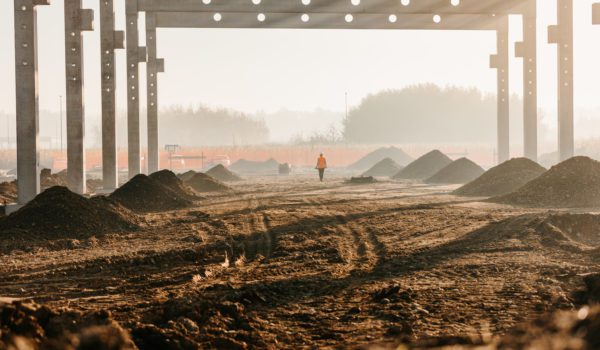Consider the following scenario: you are developing a 250-acre residential subdivision but need a bridge constructed over a jurisdictional stream for access, and the level of impact is sufficient to require a Section 404 dredge/fill permit from the U.S. Army Corps of Engineers (Corps). You submit the necessary documentation, including the (1) endangered species review, (2) proposed method of mitigation commensurate with the level of stream impact, and (3) historic preservation review (HPR) for the area impacted by the proposed activity, referred to as the “permit area” under the Corps’ rules. Because the state has no historic preservation requirements, the contractors clear/grade the upland area for streets and utilities to minimize delay while the application is pending. The HPR finds no potentially adverse impacts, the Corps issues your permit, the contractors comply with its terms, the required mitigation is fulfilled, and marketing of lots begins.
For decades the above scenario has been repeated hundreds of times across the U.S. under the Corps’ dredge/fill rules for large-scale developments of all types. However, in a proposed rulemaking that received little fanfare, on February 9, 2024 (89 Fed. Reg. 9079), the Corps announced plans to revoke its rule (33 CFR Part 325, Appendix C) addressing compliance with the National Historic Preservation Act during issuance of dredge/fill permits, and to replace it by incorporating by reference the rules (36 CFR Part 800) adopted by the Advisory Council on Historic Preservation (ACHP).
The ACHP defines the terms “undertaking” and “area of potential effects” much broader in its rules than the Corps defines the term “permit area” in its rules. This difference is important because these terms define the scope of the area subject to the required HPR and potentially subject to restrictions on allowable development depending on the outcome of the HPR. In the above scenario, the developer would almost certainly not have been permitted to do clearing/grading while the application was pending, because the upland area would have been included in the scope of the required HPR under the ACHP’s rules, even if the state did not have such requirement. And depending on the outcome of the HPR, the development of the upland area would have been subject to potentially severe restrictions. Because many, if not most, states have only recommended practices for historic preservation, the Corps’ proposed action has potentially significant timing and financial impacts on all types of large-scale developments.
Because the Clean Water Act preserves land use decisions to the states, the Corps has historically required applicants to undertake a HPR only for the area directly impacted by the proposed dredge/fill activity, and any other area indirectly impacted, using a “but for” test set forth in Appendix C to its rule. On the other hand, the ACHP’s rules require an HPR be undertaken for “the geographical area or areas within which an undertaking may directly or indirectly cause alterations in the character or use of historic properties,” which is a much broader area than set forth under the Corps’ rule.
Comments on the proposed rulemaking must be submitted by April 9, 2024. If you have questions about the potential impact of the proposed rulemaking on a development, or would like the firm’s assistance with preparing comments, please contact Steve Haughey or another member of the firm’s Environmental Practice Group.

